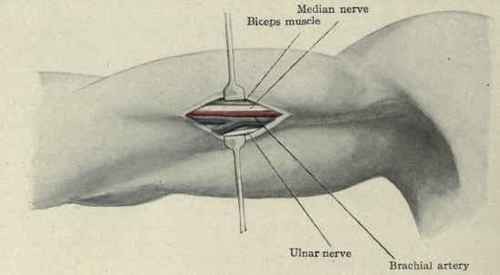Ayurveda defines lifespan(Ayush) as the number of breaths rather than a number of years lived. The average person takes 21,600 breaths per day which is around 15 breaths per minute.
Breathing is the act of imbibing of the essence of life-force(prana). Air(Vayu) is one of the five gross elements(panch Mahabhoota) that make up the physical body. Vayu/air is responsible for movement. It is through breath that we inhale the element of Vayu which is the medium of the life giving pranic energy. It is referred to as prana and is divided into five major types and five sub types depending upon the location and function in the body.
Normal, spontaneous respiration occurs without conscious intervention and is governed by the nervous system under the complex influence of neural and chemical messages received from the body. Thus, the breath pattern and gas exchange is adjusted according to internal metabolic demand. Increased breath rate means increased heart rate, engagement of the sympathetic nervous system. This is also correspondent to breathing through the right nostril, the Sun/Pingala nadi(energy channel). Inversely, a slower breath means a decrease in heart rate, increased mental clarity, engagement of the parasympathetic nervous system correspondent to breathing through the left nostril, the Moon/Ida nadi.
https://www.psychologytoday.com/blog/neuraptitude/201602/the-science-slow-deep-breathing
Yoga specifies a process of breath: yogic breathing - inhaling from the abdominal navel, actively pushing the navel outward, continued inhaling through the chest,ribs and clavicles as well, further upwards through the throat to the nostrils, and then after a pause, exhaling in reverse till the navel is pushed inward against the spine; this is much like the way a child breathes. As we grow up, we forget this way of natural breath due to wrong conditioning. Ideally, the breath ratio should be 1:2 for inhalation:exhalation during yogic breathing. Yogic breath moves along the spine and and through the yogic body plexuses(chakras) of the subtle causal body. Yogic breathing is the one of the important steps to be mastered as a basis of undertaking pranayama. With practice of pranayama comes a prolonged controlled breath cycle and awareness of the body-mind connection to the essential life force/Prana. While applying the 1:2 ratio to the breath cycle, we can bring into play the sympathetic and parasympathetic systems respectively. Inhalation is respective to the sympathetic and exhalation to the parasympathetic.
In pranayamic breathing, body temperature, immune response, and improved filtering of hormones and blood cells is consciously manipulated by the play of lung volumes over wide ranges, intra-thoracic(jalandhara bandha) and intra- abdominal(uddiyana bandha) pressures.This is the science of how pranayama works
At times, due to some imbalance; emotional or psychological or physiological, the flow of breath is not as desired for the specific purpose. Among other techniques, yogis manipulate the breath with the use of a yog-danda, a short(2 foot length) stick with a gentle U shaped head, pressed at the area of the armpit. The anterior arm and nostril are inter related. At a point about 1/3 after the armpit, and 2/3 up from the elbow, is where the brachial artery, brachial veins, ulnar and medial nerves form a congruence which is responsible for the relationship of the nasal activity to the anterior arms. If the yoga danda is used at the left arm, it brings the right nostril into play and vice versa.
If one wishes to grow into yoga on the path further, for spiritual reasons, learning to harness the breath and an understanding of the effect of circadian rhythm on breath helps. Every one and half hour cycle of the cyclic rhythm accordingly affects the left or right side of the congestion of nasal mucosa to create uni-nostrilar resistance to breath as per the cycle. Swara yoga is a branch of study of breath as per the phases and cycles of the sun and moon. Meditation is advocated during Brahm Muhurta(96 minutes prior to sunrise)because it is at this time that the breath is in equal flow at both nostrils. Refer blog on theyogaschool.in: http://www.theyogaschool.in/component/easyblog/brahm-muhurta-awakening-before-sunrise?Itemid=101
A balanced Ida-Pingala flow, using the breath to allow flow of prana through the plexuses(chakras) and along the spine in the central Sushumna channel, engages, through chakra sadhana(spiritual practice), the universal spirit within the human body itself.
New year 2018: I resolve to breathe consciously. Yoga will happen through every breath.



